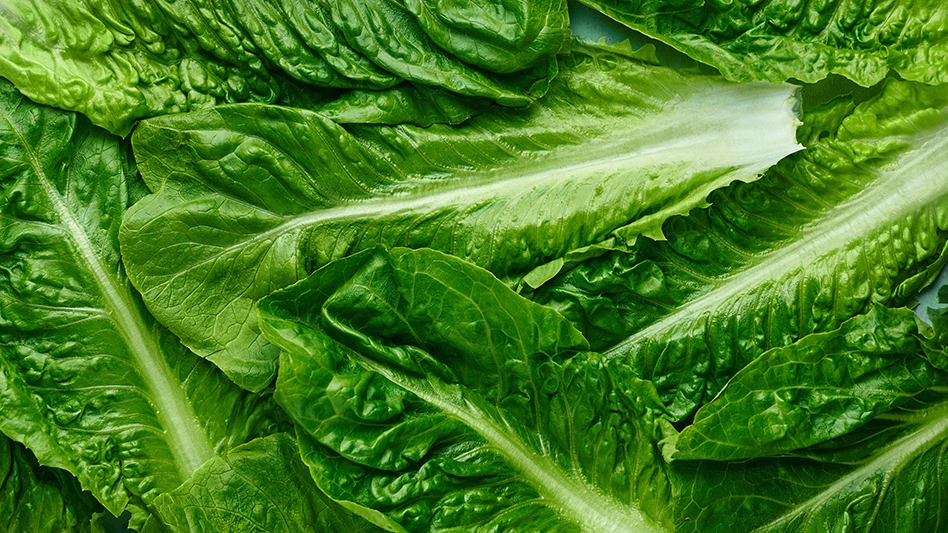I confess. I watch reality shows. From Project Runway to The Voice to Iron Chef, there’s probably at least one episode on my DVR. But if you were to do an analysis of all the shows my DVR has held, you’d find that there are more shows that revolve around food and its preparation than any other genre. And if I’ve got an evening to relax and just want some background TV, my go-to channel is invariably The Food Network.
With that in mind, you can understand my excitement when Celebrity Chef Michael Symon agreed to be the subject of this issue’s cover profile, “Ethical and Natural: His Ironclad Restaurant Supplier Requirements”, to talk about food safety and quality, what he requires of his suppliers, and his take on food safety awareness on TV food shows.
It is not a new controversy. In fact, my daughter (my reality show cohort) and I have commented on it for years: “He’s cutting vegetables on the board where he had raw chicken!” “She used her hands to mix that burger meat, then didn’t wash them?!” “He tasted from that spoon then put it back in the pot.” “Ugh! Why doesn’t she use a meat thermometer instead of touching every piece?” They are not things the general viewer would necessarily notice — and that is exactly the point. The argument is that they should be noticed, because the shows should be about food safety education as well as entertainment. The shows should make food safety as much a part of the recipe as the ingredients.
Through the 13 years I have written for QA, I have become sincerely passionate about food safety and stood on the side of food shows including a greater emphasis on food safety; however, I do understand the need vs. the reality. That said, I was thrilled to see food safety brought to the forefront in the January Frozen Freak Out episode of The Food Network’s Worst Cooks in America — certainly an appropriate show on which to increase the education.
In the show, celebrity chefs Anne Burrell and Rachael Ray attempt to coach teams of “recruits” who have a total lack of home-cooking know-how (“kitchen disasters”) and turn them into knowledgeable “kitchen masters.”
As one of Burrell’s team members places raw chicken on a wooden cutting board, Burrell heads over with a scowl, “Are you cutting chicken on a wooden board? ... Get this chicken off of here, wash it down, and turn it over!” When he brings his completed dish up for tasting, she refuses, saying, “I’m not going to eat this. I’m scared because there was raw chicken and you were unaware of it.”
Meanwhile, Ray’s team is making a turkey meat loaf. As one recruit puts her meat loaf in the oven, we see there is an oven thermometer on which the cooks can confirm it’s at the proper temperature. The recruits also test doneness by using a meat thermometer, having been told it needs to be at least 165°F. A recruit checks her meat loaf, saying to herself, “It has needs to be 165.” We see the numbers on the meat thermometer slowly climbing: 149°F ... 150°F ... “Is this right?” she mutters. “This isn’t what I’m trying to see here; I want to see 165 ... but there’s just about two minutes on the clock. I just have to go with it.” Like Burrell, Ray refuses to taste the offering, stating, “I can’t eat your meat loaf.” Both contestants were out that day.
We’re making progress.
The author is Editor of QA magazine. She can be reached at llupo@gie.net.

Explore the February 2017 Issue
Check out more from this issue and find your next story to read.
Latest from Quality Assurance & Food Safety
- USDA Announces New Presidential Appointments
- FDA to Phase Out Petroleum-Based Synthetic Dyes in Food
- IFT DC Section to Host Food Policy Event Featuring FDA, USDA Leaders
- CSQ Invites Public Comments on Improved Cannabis Safety, Quality Standards
- Registration Open for IAFNS’ Fifth Annual Summer Science Symposium
- Leaked White House Budget Draft Proposes Shifting Inspection Responsibilities from FDA to States
- Chlorine Dioxide: Reset the Pathogenic Environment
- Ferrero Group Invests $445 Million in Ontario Production Facility






